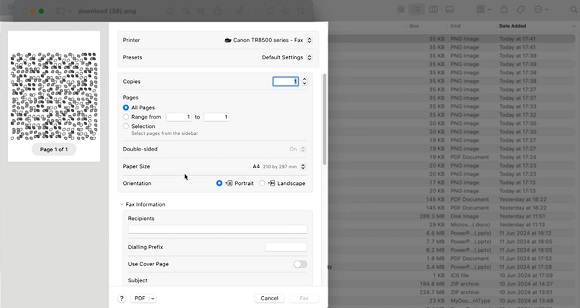5.3 Skill 6: Redesign and test your pattern
Take a moment to reflect. Do you like the pattern you created in Skill 5? If you’re anything like me, those tiles you put together didn’t quite make sense as a pattern. When I first gave it a go, I didn’t think about how the tiles would fit together or make an overall pattern.
In this skill, you will learn to design patterns in a modular way. So, you will redesign your pattern to improve it, try variations, and test it to think about your pattern in terms of its design qualities. Design judgement is a key skill to develop within algorithmic design.
Activity 10 Redesign your pattern
In the following figure, I used graph paper to draw four tiles, which I labelled Tile 1, 2, 3, and 4. These four tiles form a rosette shape. I also marked some of the coordinates to make it easier to transcribe all the vertices into my code.
Your aim in this activity is to redesign and improve your existing pattern.
Use a piece of graph paper and draw four blank tiles in a rosette shape, as in the figure above.
Pick one of your existing tiles that you like best and draw it into one of the four spaces of the rosette. Now create three new tiles that complement it within the rosette pattern.
Think about visually reflecting, rotating, or inverting your existing tile. Often creating some kind of symmetrical repetition of a single shape can work well as a pattern design.
Consider how the tiles join up when placed next to each other. Think about the rosettes that will be positioned above and below the current one you are designing. What shapes will they form when they fit together?
Use Program 15 Redesign your pattern below to insert your pattern design. When you are adding in and numbering your vertices’ dots, remember that the four tiles in the rosette are separate and each have coordinates that run from 1–36.
Consider changing the fill and stroke colours of your tiles. By selecting related complementary colours for the tiles, you can create more cohesive designs. Remember the visual effects that the Truchet patterns created using just black-and-white shapes.
A useful way to rethink your pattern design and come up with some unexpected visual alternatives is to randomise it and use serendipity as a creative tool.
Activity 11 Try variations of your pattern
Use Program 15 Redesign your pattern to try variations of your pattern.
- Randomise the order of tiles by changing the variable randomise in line 3. You can change its value from 0 to 1. When you press Play, this will randomise the order of the tiles in your tileSequence array within each rosette.
- Keep pressing Play to generate new versions. Seeing some of these versions of your pattern might give you some ideas for how to improve your design.
- Save images of some of the random variations of your tile designs by right-clicking and saving them as PNG files to your disk or by pressing the S key.
An important part of the design process is testing your design in various ways and contexts. The next video demonstrates how to see the pattern at different scales and how to print it onto paper.

Transcript: Video 10 Saving and printing a pattern
The next activity suggests a variety of ways for you to test your pattern design.
Activity 12 Test your pattern design
You don’t have to do all these tests, but I recommend that you do at least two:
Test 1: try out how your pattern looks at different scales by changing the tileSize variable. The default is tileSize = 50, but you can try changing it to 10, 25, or 100 to see how your pattern looks at different scales. If you choose odd numbers, then the number of tiles per row will change and your pattern will look different.
Test 2: save your pattern design by right-clicking and saving it as a PNG file to your disk or by pressing the S key. Now you can upload it to this external wallpaper manufacturer’s website to see what your pattern will look like as wallpaper.
Test 4: print the PNG image of your pattern onto A4 paper. Follow the instructions in Video 10 above, and make sure you select Print Entire Image, and keep the image proportions the same so that your design does not get distorted. Hang your design on the wall and admire it.

